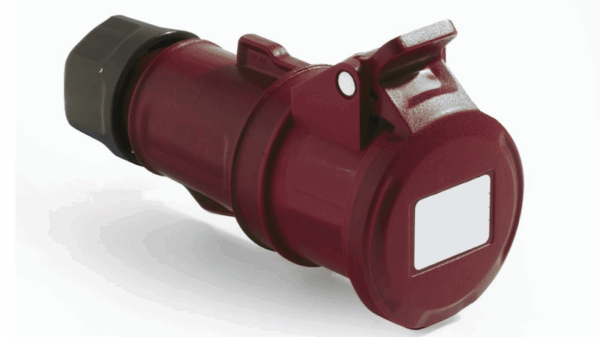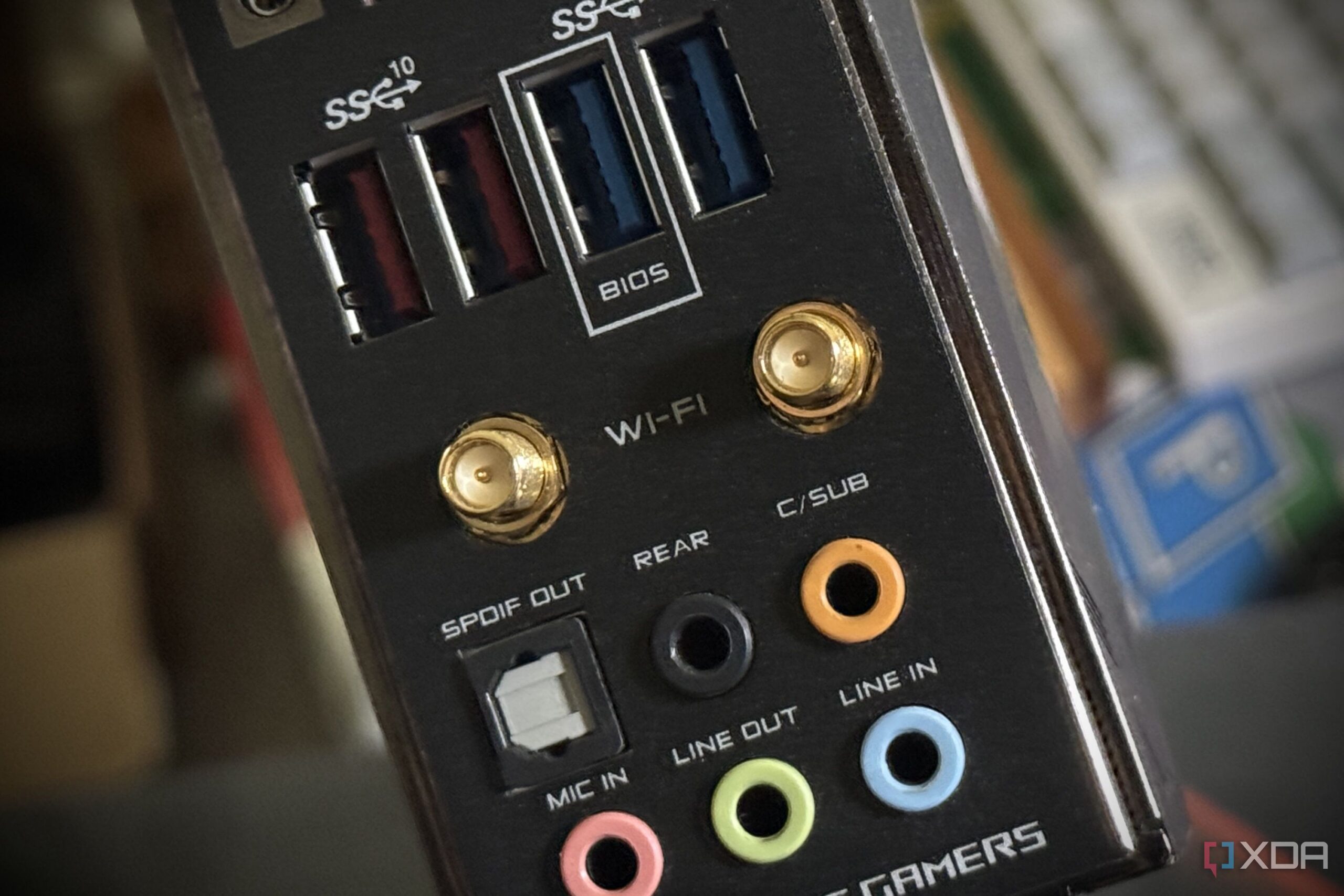New reports highlight urgent concerns regarding the onboard Wi-Fi capabilities of motherboards, particularly the impact on performance for gamers and heavy internet users. As of 2025, many users may be unaware that their motherboard’s Wi-Fi could be significantly holding back their online experiences.
Experts warn that while specifications like PCIe 5.0 lane counts or M.2 slots often take precedence, the quality of onboard Wi-Fi often fails in real-world scenarios. Users may find themselves facing latency spikes, slower upload and download speeds, and random disconnects—issues that become glaringly obvious during video calls, online gaming, or large file downloads.
The first critical factor is poor antenna placement. Many motherboards, including models like the Asus Strix X570-E, include external antennas, but users frequently neglect to connect them. Those who do connect often struggle with limited placement options. If your motherboard is tucked away behind a desk, the signal faces interference from walls and furniture, resulting in inconsistent speeds that fall short of the capabilities of Wi-Fi 6E or Wi-Fi 7.
Furthermore, the longevity of your motherboard’s Wi-Fi is a significant concern. Models released with Wi-Fi 6 back in 2019 are now outdated as Wi-Fi 7 becomes the new standard. Many consumers invested in high-end boards only to find their technology two generations behind. This disconnect means that even if you own a Wi-Fi 7 router, you’ll miss out on the enhanced bandwidth and reduced latency unless you upgrade to a USB or PCIe Wi-Fi adapter.
Finally, the age-old debate between wired and wireless connections remains relevant. For desktop users, Ethernet is still king. Modern motherboards come equipped with 2.5GbE, 5GbE, and 10GbE ports, allowing users to experience the full potential of their internet plans without the pitfalls of wireless connectivity. Once a cable is connected, concerns about signal strength, interference, and fluctuating speeds vanish.
The reliance on onboard Wi-Fi often leads to frustration rather than convenience. While it may seem easier to avoid cables, the performance trade-offs can be significant. Users are urged to reconsider how they connect, especially as the demand for faster, more reliable internet continues to grow in our increasingly digital world.
As the tech landscape evolves, staying informed about the limitations of your motherboard’s Wi-Fi is crucial. For many, the best solution may be to treat onboard Wi-Fi as a backup option and invest in a reliable Ethernet connection for a more stable experience. The choice has never been clearer: prioritize performance and reliability for your desktop setup.


































































